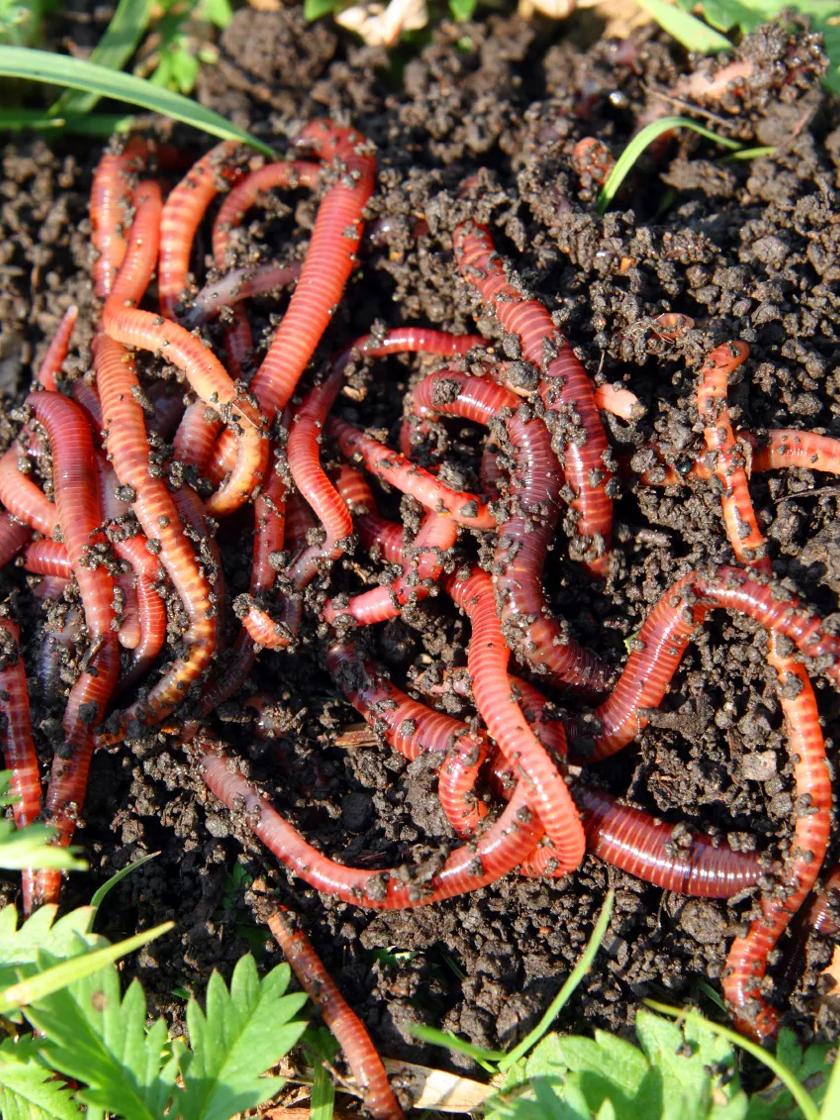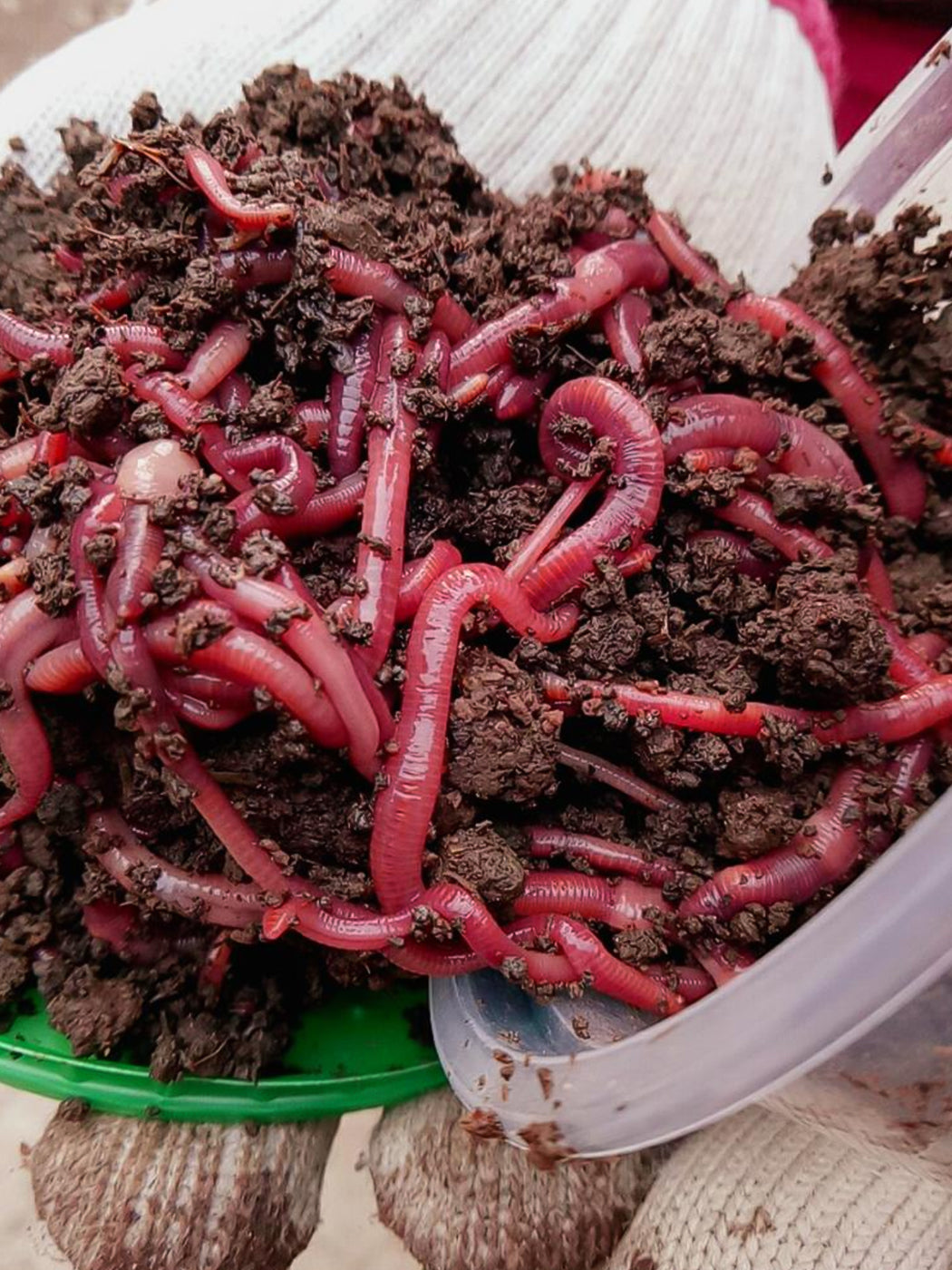Where to Buy Worms in North Carolina for Better Soil and Healthier Gardens
The Ultimate Guide to Caring for Red Wigglers in Your Garden
Taking care of red wigglers in your yard is an essential element of lasting composting methods that can considerably boost soil health and wellness and fertility. Understanding their certain environment needs, nutritional choices, and upkeep needs is critical for cultivating an effective vermicomposting atmosphere. As we check out the nuances of setting up a helpful space and the finest feeding approaches, the implications of these techniques will certainly end up being progressively noticeable. The journey does not end with basic care; there are innovative techniques that can further maximize your results, welcoming a deeper expedition right into the globe of vermiculture.
Understanding Red Wigglers

Red wigglers are identified by their reddish-brown pigmentation and segmented bodies, which can expand up to 4 inches in length.Recognizing the ecological and biological needs of red wigglers is important for effective composting. By fostering the suitable problems for red wigglers, gardeners can boost dirt fertility and advertise sustainable horticulture techniques.
Setting Up the Environment
Creating an optimal habitat for red wigglers is crucial for optimizing their composting efficiency and total health and wellness. Red wigglers flourish in a wet, dark atmosphere with a temperature level variety of 55 to 77 levels Fahrenheit.
When choosing a container, choose one that is well-ventilated to allow for air circulation while stopping excess moisture loss. Plastic bins, wood boxes, or specialized worm containers are all efficient options. The bottom of the container must have drainage openings to prevent water accumulation, which can bring about anaerobic problems harmful to the worms.
Routinely check the moisture degree of the bed linens, and include water as essential to preserve the suitable dampness. By developing these problems, you will create a thriving setting for your red wigglers, motivating efficient composting and much healthier worm populaces.
Choosing the Right Food
Choosing the appropriate food for red wigglers is crucial for their wellness and composting effectiveness. These worms prosper on a well balanced diet regimen that includes a range of natural materials. Suitable food sources contain fruit and vegetable scraps, coffee premises, smashed eggshells, and shredded paper. It is important to prevent meats, dairy products, and oily foods, as these can attract insects and develop unpleasant odors in the composting setting.
Red wigglers prefer food that is cut or shredded, as this increases surface and promotes much more reliable food digestion. Furthermore, introducing food in percentages prevents overfeeding, which can cause anaerobic problems destructive to worm health. Keeping an eye on the worms' consuming habits can likewise offer understandings; if the food is eaten swiftly, think about gradually raising the amount.

Keeping Wetness and Temperature
A well balanced diet is only part of the formula when it concerns making certain the health of red wigglers; maintaining correct wetness and temperature level is similarly vital. Red wigglers thrive in a moist atmosphere, preferably in between 70-85 ° F(21-29 ° C) This array sustains their metabolic processes and enhances their capacity to break down organic issue efficiently.
To maintain ideal wetness levels, the bedding must be kept damp, looking like a wrung-out sponge. Insufficient dampness can lead Learn More to dehydration, creating stress and anxiety or perhaps death in the worms. Alternatively, too much dampness can produce anaerobic conditions, which may damage the worms and generate unpleasant smells. Routinely checking the moisture content and adjusting as required is vital for a growing worm populace.
To minimize temperature extremes, consider making use of insulation for outside bins or moving the bin to a temperature-controlled or shaded location. By carefully handling both moisture and temperature, you develop an ideal environment for red wigglers, improving their performance and total health.
Harvesting Garden Compost and Treatment Tips
Harvesting compost from your red wigglers is a gratifying process that not just benefits your yard but also improves the effectiveness of your worm bin - Where to buy red wigglers. To start, choose a harvesting technique that matches your configuration-- whether it's the tray, pyramid, or traditional container technique. Each technique permits for the splitting up of compost from have a peek at this website worms efficiently
When you're prepared to harvest, emphasis on timing. Ideally, wait till the garden compost is dark, brittle, and earthy-smelling, typically after 3 to 6 months of food digestion. To harvest, you can carefully dig deep into the compost from one side of the container, allowing worms to migrate to the undisturbed side. You can utilize light to motivate worms to delve much deeper, making it much easier to accumulate the finished compost.
Care pointers after harvesting include restoring your worm container with fresh bed linens and food scraps to preserve a healthy and balanced worm populace. Guarantee that the moisture and temperature degrees stay optimum, and routinely keep track of for any type of indications of distress among the worms. By following these techniques, you'll ensure a lasting cycle of compost manufacturing that enhances your yard.
Verdict
Finally, the effective care of red wigglers demands a thorough understanding of their environment, dietary demands, and ecological conditions. Establishing an appropriate environment with appropriate air flow and moisture levels is necessary for cultivating their wellness and performance. Giving a balanced diet while avoiding unsuitable foods will assist prevent parasite issues. Normal surveillance and appropriate upkeep will certainly make sure a thriving vermicomposting ecosystem, inevitably generating nutrient-rich garden compost that benefits yard health and wellness and productivity.
By developing these conditions, you will produce a flourishing environment for your red wigglers, encouraging efficient composting and healthier worm populations.
The pH degree of the food is an additional vital variable; red wigglers thrive in a somewhat acidic to neutral environment.A balanced diet regimen is just component of the formula when it comes to making certain the wellness of red wigglers; keeping correct dampness and temperature level is equally important. By thoroughly handling both moisture and temperature, you create an optimum environment for red wigglers, boosting their productivity and overall wellness.
Gathering garden compost from your red wigglers dig this is a gratifying process that not just benefits your yard yet likewise boosts the effectiveness of your worm container.